Peanuts
From the nutritional statistics, we can see that peanuts are wonderful providers of lipids and protein and contain more than pistachios. Peanuts contain somewhat more fats than pistachios, but they’re good monounsaturated and polyunsaturated fats. According to the American Heart Association, these fats may lower cholesterol levels, which reduces the risk of heart disease and stroke. Protein is essential to repair cells and tissues, as well as build bones and muscles. Protein is important, particularly for infant growth.
Peanuts are rich in calories but low in total carbs. Peanuts contain 567 calories per 100 g whereas pistachios have 560 calories per 100 g. Peanuts’ low carbohydrate content means diabetics may eat them without spiking blood sugar.
Peanuts also have higher magnesium and iron. Magnesium is essential for muscle and nerve activities, whereas iron is needed to generate hemoglobin, a protein in red blood cells that transports oxygen throughout the body.
In addition to the advantages described above, peanuts may also lessen the risk of heart sickness and gallstones. Peanuts may help minimize gallstones by reducing cholesterol levels.
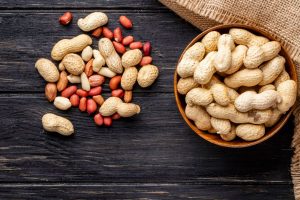
Pistachio nut
Pistachios contain a lot more potassium compared to peanuts. Potassium decreases the risk of heart disease, protects muscle mass in the elderly, and preserves bone density.
Pistachio nuts have five times more vitamin B6 than peanuts. Vitamin B6 is essential to create hemoglobin and hormones that control mood and stress levels. Together with folate and vitamin B12, vitamin B6 may lessen the risk of Alzheimer’s disease, memory loss, and cognitive decline. A serving of pistachios contains 37% of the daily requirement of vitamin B6.
In addition to the advantages described above, pistachios protect against eye problems, and constipation, and encourage gut flora development. They lessen the incidence of colon cancer and are a nutritious snack for persons with diabetes.

PISTACHIO AND PEANUTS ALLERGY
Both pistachios and peanuts might produce an allergic response.
Allergy is something you should be aware of.
It comes from understanding yourself and your environment.
When someone develops a nut allergy, the immune system, which generally fights infections, overreacts to nut proteins. If a person consumes food that includes the nut, the body believes the proteins are hazardous intruders and works hard to fight them off. This creates an allergic response.
Even a modest quantity of peanut or tree nut protein might cause a response. Allergic responses from inhaling in nuts or peanuts are infrequent. Because the meal must be consumed to create a response. Most dishes containing peanuts don’t enable enough protein to escape into the air to produce a response. And merely the fragrance of peanut-containing meals won’t create one since the perfume doesn’t contain the protein.
An allergy to nuts may induce anaphylaxis. Anaphylaxis may start with some of the same symptoms as a less severe response, but may rapidly worsen. The individual may have problems breathing or pass out. More than one portion of the body could be implicated. If untreated, anaphylaxis is life-threatening.
If your kid has a peanut or tree nut allergy (or any major food allergy), the doctor will want him or her to carry an epinephrine auto-injector in case of an emergency.
An epinephrine auto-injector is a prescription drug in a tiny, easy-to-carry vial. It’s straightforward to use. Your doctor will show you how. Kids old enough can learn to give themselves the shot. If they carry epinephrine, it should be nearby, not in a locker or the nurse’s office.
Caregivers should always know where epinephrine is, have ready access to it, and know how to deliver the injection. Your child’s medications should be accessible at all times.

PISTACHIOS AND PEANUTS BUTTER
Nut kinds of butter, such as peanut, almond, cashew, etc., are a delightful and creamy alternative for spreading on toast, using in sandwiches, eating with an apple, or incorporating into baked goods. Pistachio butter is a delightfully rich, somewhat sweet, and savory alternative that is sometimes neglected and underappreciated.
Our homemade pistachio butter is a simple recipe that can be prepared in less than 30 minutes! After completing a few processes, you will have a smooth and velvety nut butter to savor for the following weeks. You will soon get hooked and want to share it with the whole family!
For our pistachio butter or any nut butter, you will need a food processor or blender with a high-speed motor. A masticating juicer would be ideal for preparing nut butter, but the ordinary home chef does not have one. Therefore, we shall use a food processor or a blender.
Now for the catch: Food processors and blenders often overheat when attempting to combine particularly thick substances for a lengthy period of time. Unfortunately, this category includes nut butter.
During the first stages of creating nut butter, the nuts will thicken into a paste as they are crushed. Then, they transform into smooth and creamy butter. Therefore, avoid overheating your blender or food processor.
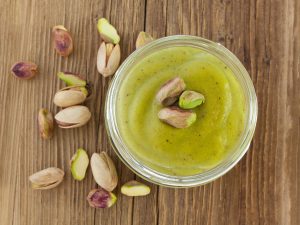
PISTACHIOS vs PEANUTS HEALTH
Pistachios and peanuts each contain some vitamin content, but none of them have a particularly high vitamin content for their size. Serving size of one ounce of pistachios contains around 0.5 milligrams of vitamin B-6, which is approximately 30 percent of the daily dietary recommendation of 1.5 milligrams. Pistachios are a good source of protein and healthy fats. Vitamin B-6 not only helps in the formation of the brain and the immune system, but it also helps in the prevention of cardiovascular disease, cancer, and cognitive loss that is associated with aging. Peanuts are an excellent source of magnesium, phosphorus, and copper; nevertheless, the manganese that they provide to your diet is by far the most significant mineral that they offer. Peanuts have a manganese level of 0.5 milligrams per ounce, which is about a quarter of the recommended daily intake for males, which is 2.3 milligrams, and the recommended daily intake for women, which is 2.0 milligrams. In accordance with the findings of a study conducted at the University of Maryland Medical Center, manganese has an important role in both the formation of connective tissue and the regulation of metabolic processes (UMMC). This dietary supplement has the potential to successfully cure a wide variety of conditions, including osteoporosis, arthritis, diabetes, epilepsy, and premenstrual syndrome.

PISTACHIOS vs PEANUTS VERSATILITY
The adaptability of pistachios includes the following (Versatility):
- As a healthy and nutritious snack, consume them in their original condition.
- To produce pistachio pesto, either dried or fresh basil may be used. Use them in place of pine nuts for a new take on a classic flavor.
- You may include it in a broad variety of different sauces.
- When making major purchases, it is essential to preserve perishable foods in the freezer to prevent them from spoiling.
- Cookies with pistachios that are handcrafted by the maker.
- They would pair very nicely with pork chops or crusted salmon.
Unquestionably, pistachios are an excellent source of nutrients that have the ability to improve the immune system.
Let’s examine peanuts for the time being, shall we? This is yet another traditional nut that has the ability to supply an abundance of nutrients and a diversity of possibilities, despite the fact that some individuals advise against consuming them in their whole.
In addition to their many other potential benefits for the body, peanuts have been demonstrated to boost heart and hair health. Consider the following list to get an understanding of the potential health benefits of eating peanuts.
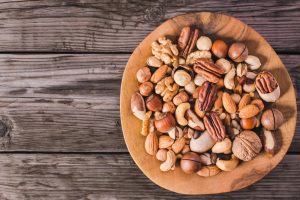
Peanuts’ capacity to adapt (Versatility):
If you feel like you are going to overeat, consume a handful of roasted peanuts.
Grab some toffee peanuts or cook your own caramelized peanuts to fulfill your need.
To complement your favorite noodles, create an excellent peanut sauce.
Make sure you have something appetizing to accompany them.
Prepare and put aside some peanut milk.
In terms of their potential nutritional advantages, both kinds of nuts may be a fantastic addition to your diet; nevertheless, it is essential to choose the type of nut that is most adaptive to your requirements. Depending on your circumstances, you could discover that pistachios or peanuts are the ideal alternatives for you.
PISTACHIO HISTAMINE
While the majority of nuts do not have naturally significant levels of histamine, they do have histidine in their structures. People who are sensitive to histamine may have a similar response to pistachios, despite the fact that pistachios do not necessarily contain a high concentration of histamine (this might vary based on the spices that are added if you purchase them packaged). If you are going to eat pistachios for the first time and have never had them before, it is highly recommended that you see a medical professional and be tested for allergies first. If you have eaten pistachios in the past and aren’t sure whether or not they produced a minor response, then removing pistachios from your diet for a period of time and then adding them back in may help you identify whether or not they were the source of the reaction.
The removal and reintroduction strategies outlined above should be carried out AFTER first discussing the matter with a qualified medical professional, such as a doctor or a medical practitioner.
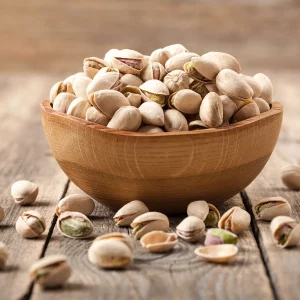
Although nuts do not typically have a large concentration of histamine, they do contain compounds that are chemically related to histamine and may elicit a response that is quite similar. Because of this, they need to be dealt with in the same manner and are regarded to be high in histamine.
Avoid peanuts, cashews, almonds, and pistachios, as well as other types of nuts such as pistachios and pistachios.
Pistachios, unfortunately, contain histidine, which, despite the fact that it is not histamine, may create a response that is very similar to that of histamine in those who are sensitive to histamine. Therefore, if you have an allergy to histamine, you should steer clear of pistachios as well as the majority of other nuts.

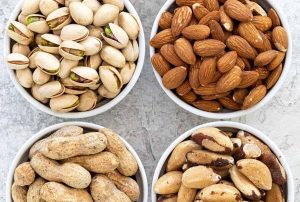

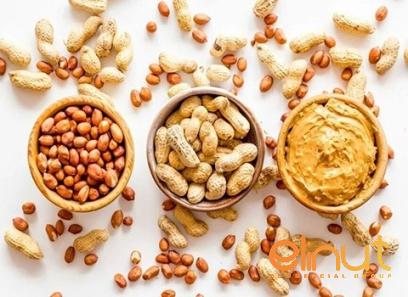
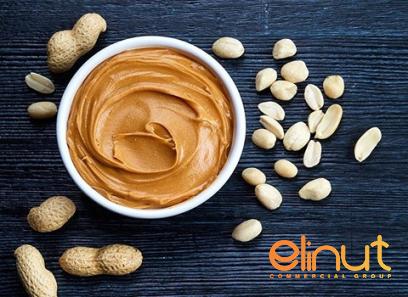

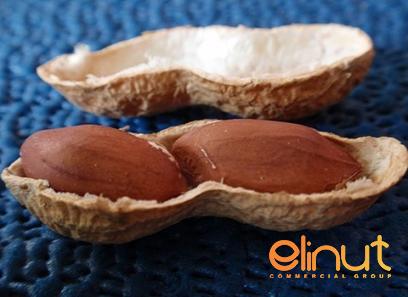
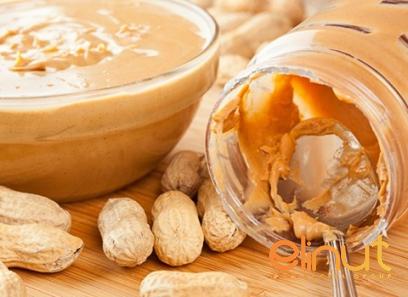
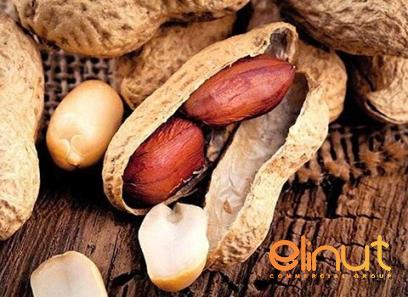
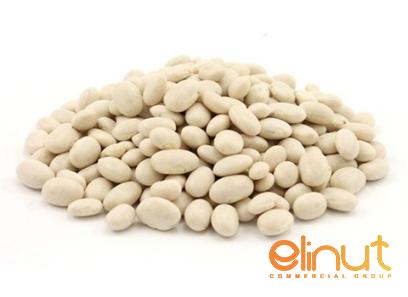
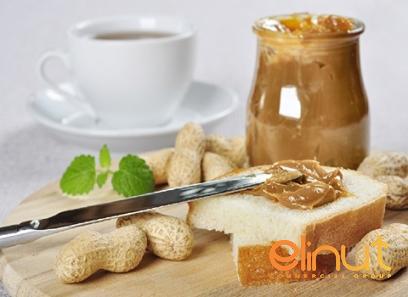
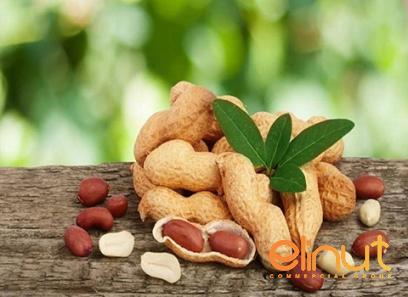
Your comment submitted.